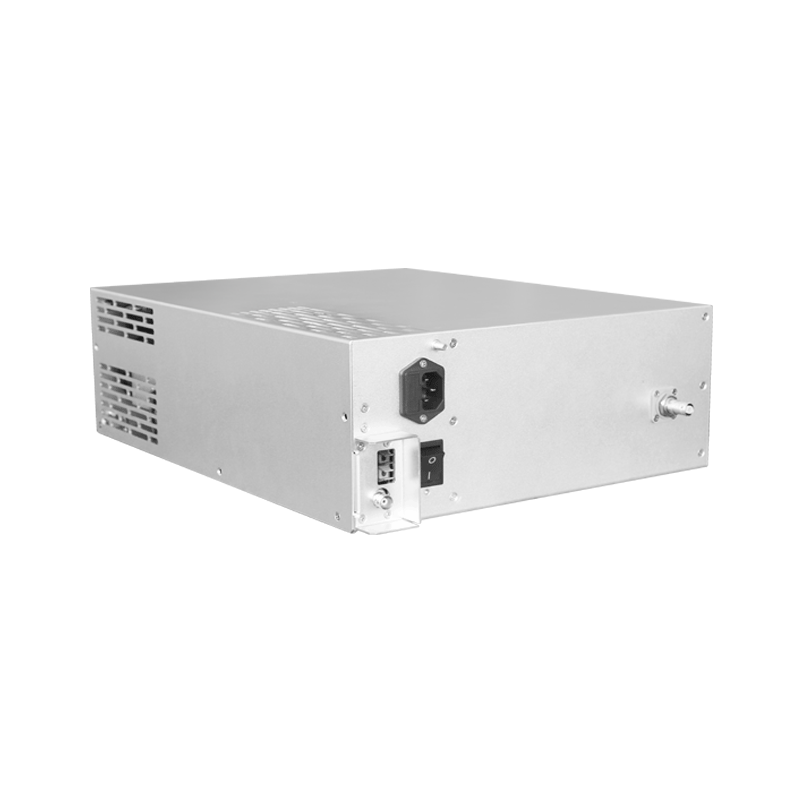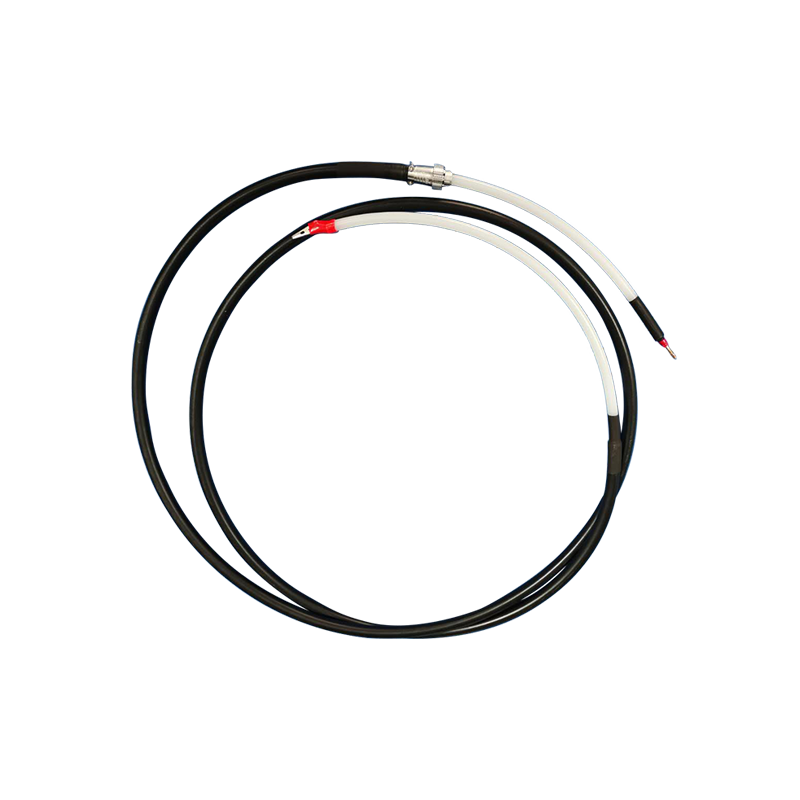EUV Lithography High-Voltage Power Supply Stability Enhancement Solutions
The extreme ultraviolet lithography environment places unprecedented demands on high-voltage power supplies, making stability enhancement a central engineering priority. EUV lithography relies on plasma-based light generation, ultrafast pulsed energy delivery, and high-precision beam modulation, all of which require power subsystems capable of delivering repeatable, low-noise, and highly dynamic output under harsh operating conditions. To support the stringent dose control, pattern fidelity, and throughput requirements of advanced semiconductor manufacturing, the power architecture must integrate optimized conversion topology, fast-response regulation, and tightly engineered electromagnetic compatibility. Achieving stability in such a demanding context involves coordinated improvement across device physics, control algorithms, thermal management, and system-level integration.In EUV light sources, plasma excitation typically depends on high-power pulsed drivers operating at kilovolt-level output. These pulses must maintain nanosecond-scale rise times, minimal overshoot, and stable amplitude even when the plasma load fluctuates dramatically. Enhancing stability begins with refined topology selection. Resonant converters, Marx-type pulse generators, and solid-state modulators are evaluated not only for efficiency but for their susceptibility to jitter and drift. Hybrid arrangements placing a high-efficiency front-end converter upstream of a low-noise regulation stage reduce the propagation of source instability into the EUV chamber. By allowing the first stage to handle bulk power conversion and the second to shape high-precision pulses, designers achieve a balance between stability and efficiency.Noise suppression is essential because any ripple or transient directly influences the photon dose delivered to the wafer. Advanced output filtering schemes using coupled inductors, multi-cell capacitive arrays, and active ripple cancellation can reduce low-frequency and high-frequency interference simultaneously. The EUV environment complicates this challenge since strong electromagnetic radiation and rapidly changing load conditions create cross-coupled disturbances. Shielding, optimized grounding paths, and differential-mode isolation barriers are engineered with strict attention to loop area and parasitic elements. Instead of relying solely on passive mitigation, designers increasingly integrate digital-controlled compensation, where the control logic detects abnormal disturbances and injects counteracting signals within microseconds.Thermal stability has a direct influence on voltage stability. The high-voltage components in an EUV driver, including switches, diodes, transformers, and snubbers, exhibit temperature-dependent behavior. Even slight thermal drift alters switching timing and magnetic characteristics. To combat this, multi-point temperature sensing combined with adaptive cooling control regulates both device and ambient temperature with high precision. Implementation ranges from liquid cooling channels with predictive flow control to heat spreaders machined with optimized fin geometry. Moreover, semiconductor switches are selected not only for breakdown voltage and on-state resistance but for their thermal coefficient consistency across prolonged high-frequency operation.EUV lithography also places unique stress on insulation materials due to combined exposure to heat, radiation, and high electric field intensity. Degradation of insulation can lead to partial discharge, a major source of instability. Therefore, insulation systems are designed with advanced polymers and inorganic fillers that maintain dielectric strength over long operational periods. Graded insulation structures distribute electric field more uniformly, minimizing localized stress and extending component lifespan. Engineers perform accelerated aging tests simulating EUV chamber radiation to validate material endurance, focusing on preventing microcracking, tracking, and outgassing.Control algorithms significantly influence real-time stability. Instead of traditional PI controllers, high-bandwidth digital control loops based on model-predictive strategies forecast load behavior and proactively adjust output. This is particularly valuable in EUV systems where plasma ignition, sustainment, and collapse generate repetitive load fluctuations. Machine-learning-assisted control models are also being explored, enabling adaptive tuning based on historical operation patterns. These algorithms harvest vast operational data to recognize signatures of drift, aging, or instability, making the power supply capable of self-correction and predictive maintenance.To maintain stability under fault or perturbation conditions, redundancy and protection strategies are implemented. High-voltage segments may operate in a hot-swap or parallel-redundant configuration to ensure uninterrupted power delivery. Fast solid-state protection devices detect overvoltage or overcurrent events and isolate faults without interrupting adjacent power paths. Soft-start mechanisms and controlled discharge circuits prevent voltage spikes during startup or shutdown. Such protection designs also safeguard sensitive EUV optical modules downstream, preventing catastrophic machine downtime.Mechanical vibration within the EUV system poses another challenge. High-voltage transformers, capacitive banks, and resonant structures must be fixed with vibration-damping materials and precision mounting techniques. Even minor vibration can induce noise in magnetic components, alter coupling coefficients, and degrade output stability. Finite-element simulation is used to optimize the mechanical rigidity of the HV assembly, ensuring stable electrical behavior under all operating conditions.System-level integration is essential to achieving holistic stability. EUV lithography tools incorporate multiple high-voltage nodes powering subsystems such as droplet generation, beam shaping, plasma excitation, and metrology modules. Crosstalk among these supplies can degrade stability, so engineers design isolation boundaries, dynamic power distribution networks, and synchronized switching patterns to minimize interference. A coordinated energy-management strategy ensures that transient demands in one subsystem do not propagate to others.Data logging and health monitoring reinforce long-term stability. High-resolution sensors measure voltage, current, temperature, vibration, and electromagnetic emissions in real time. These data streams feed into diagnostic engines capable of detecting drift trends or anomalies. Automated calibration routines periodically adjust internal reference circuits and compensation parameters to counteract aging effects. The result is an intelligent high-voltage system whose stability improves over time through self-learning and continuous recalibration.Collectively, the stability enhancement of EUV high-voltage power supplies requires multidimensional engineering effort. By advancing converter design, noise suppression, control algorithms, insulation technology, thermal architecture, and system-level integration, these power systems become capable of supporting the extreme precision and throughput demands of cutting-edge lithography. The evolution of such technologies enables more stable plasma generation, more consistent EUV output, and ultimately more reliable semiconductor fabrication processes.




















